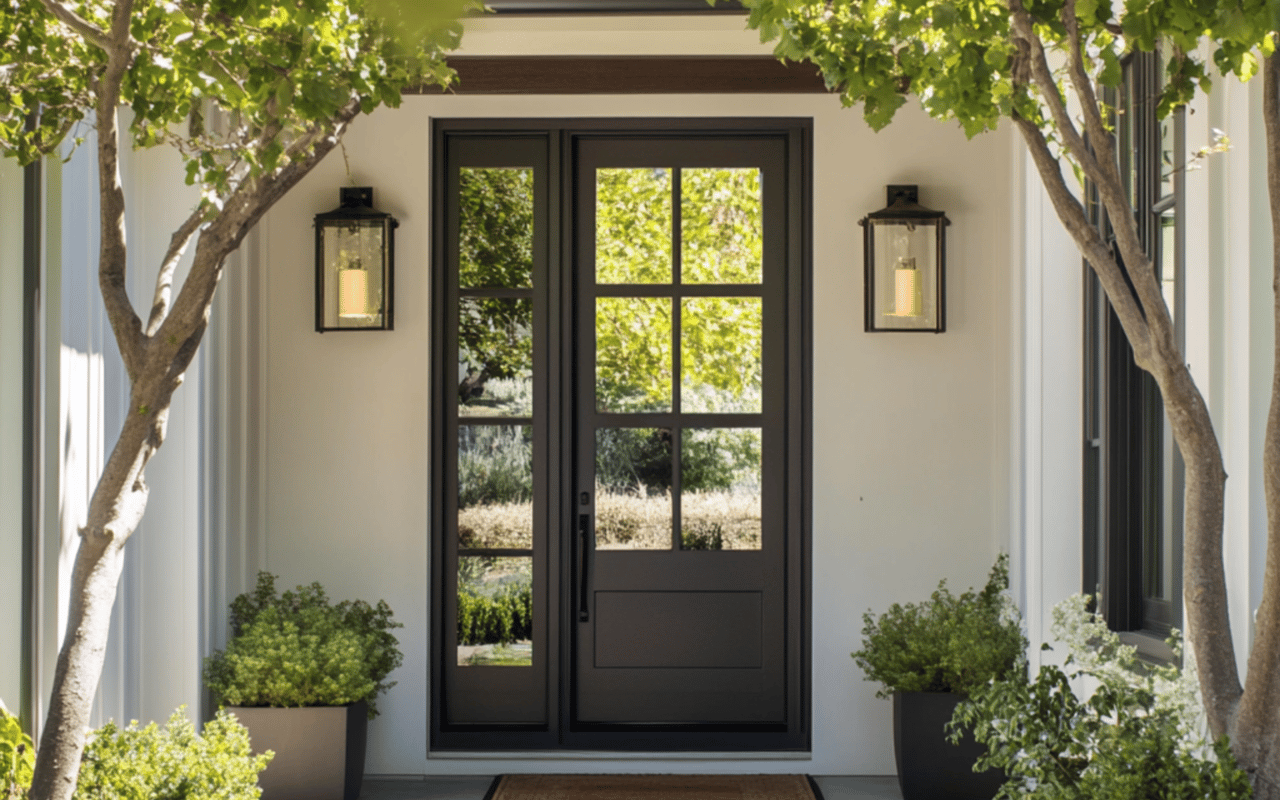

5,181 people live in Woodside, where the median age is 46.5 and the average individual income is $152,475. Data provided by the U.S. Census Bureau.
Total Population
Median Age
Population Density
Average individual Income
There's plenty to do around Woodside, including shopping, dining, nightlife, parks, and more. Data provided by Walk Score and Yelp.
Explore popular things to do in the area, including Persian Dancing with Shadan, Menlo Atherton Adult Soccer League, and Savage Wellness.
| Name | Category | Distance | Reviews |
Ratings by
Yelp
|
|---|---|---|---|---|
| Active | 4.67 miles | 11 reviews | 5/5 stars | |
| Active | 4.96 miles | 9 reviews | 5/5 stars | |
| Active | 4.67 miles | 6 reviews | 5/5 stars | |
| Beauty | 4.73 miles | 5 reviews | 5/5 stars | |
| Beauty | 4.41 miles | 5 reviews | 5/5 stars | |
| Beauty | 4.73 miles | 9 reviews | 5/5 stars | |
| Beauty | 4.88 miles | 11 reviews | 5/5 stars | |
| Beauty | 4.73 miles | 9 reviews | 5/5 stars | |
|
|
||||
|
|
||||
|
|
||||
|
|
||||
|
|
||||
|
|
Woodside has 1,745 households, with an average household size of 2.97. Data provided by the U.S. Census Bureau. Here’s what the people living in Woodside do for work — and how long it takes them to get there. Data provided by the U.S. Census Bureau. 5,181 people call Woodside home. The population density is 451.85 and the largest age group is Data provided by the U.S. Census Bureau.
Total Population
Population Density Population Density This is the number of people per square mile in a neighborhood.
Median Age
Men vs Women
Population by Age Group
0-9 Years
10-17 Years
18-24 Years
25-64 Years
65-74 Years
75+ Years
Education Level
Total Households
Average Household Size
Average individual Income
Households with Children
With Children:
Without Children:
Blue vs White Collar Workers
Blue Collar:
White Collar:
Explore other neighborhoods